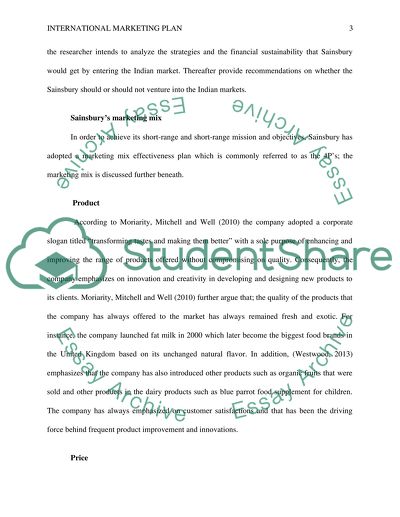Cite this document
(“International Marketing Plan: Sainsbury's entering into India Assignment”, n.d.)
International Marketing Plan: Sainsbury's entering into India Assignment. Retrieved from https://studentshare.org/marketing/1668987-international-marketing-plan-sainsburys-entering-into-india
International Marketing Plan: Sainsbury's entering into India Assignment. Retrieved from https://studentshare.org/marketing/1668987-international-marketing-plan-sainsburys-entering-into-india
(International Marketing Plan: Sainsbury'S Entering into India Assignment)
International Marketing Plan: Sainsbury'S Entering into India Assignment. https://studentshare.org/marketing/1668987-international-marketing-plan-sainsburys-entering-into-india.
International Marketing Plan: Sainsbury'S Entering into India Assignment. https://studentshare.org/marketing/1668987-international-marketing-plan-sainsburys-entering-into-india.
“International Marketing Plan: Sainsbury'S Entering into India Assignment”, n.d. https://studentshare.org/marketing/1668987-international-marketing-plan-sainsburys-entering-into-india.


